By Mike Kuchar with Bill Nesselt
Defensive Coordinator
University at Albany (NY)
Twitter: @BillNesselt_UA
Albany terms all of its six-man pressures as four-legged animals. So, “Mutt” indicates the cross-dog pattern that this report is focused on. And while they can play it with any coverage the Great Danes have had the most success pairing with “Hot” (3 Deep, 2 Under) zone coverage. It’s consistently been their top pressure and its versatility lent itself to be utilized on any down and distance and any field zone. Coach Nesselt credited the success of the scheme to the ability to have two outstanding defensive ends who were able to box the run back inside to the interior pressure. “When we have defensive ends like we did we try to keep them on edges,” he said. “A lot of what we were doing was keeping them as upfield rushes on the edge and getting them into one one-on-one scenarios with offensive tackles. Because of this, we were able to get free hitters with the second blitzer.”
Front Structure:
Albany is an Even-front outfit, but where the 3-technique is set is inconsequential to this pressure pattern. He will always be a B-gap rusher to clear the interior gaps for the cross-dog pattern but he can be set in the following locations:
- To the Back: “Toby”
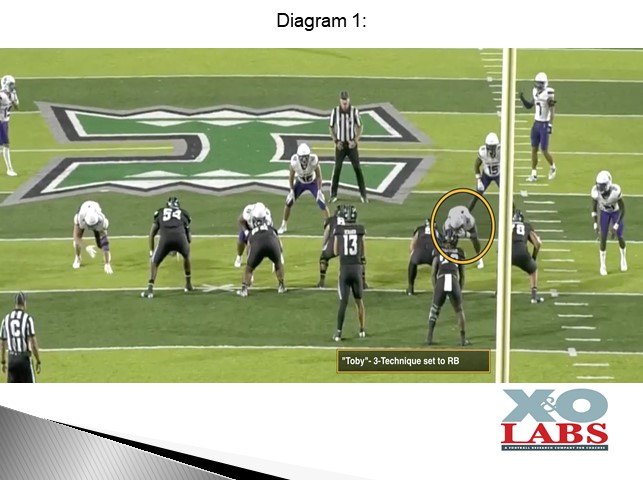
- To the Boundary: “Bench”
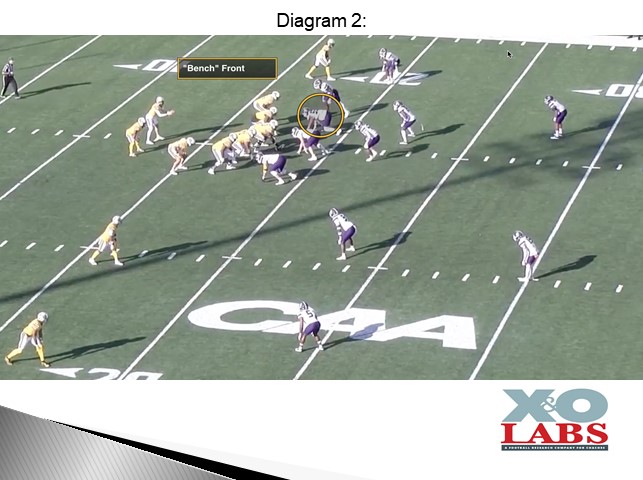
- To the Field:
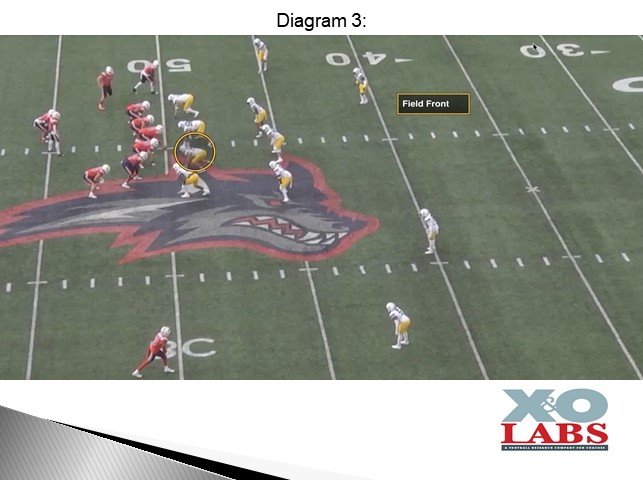
It can also be paired with both Over and Under fronts. But Coach Nesselt did talk about the challenge of getting into these locked fronts if the ball is in the middle of the field, particularly against Tempo operations in the CAA. “In these situations, we will do more of setting it to or away from back so that linebackers and secondary don’t get rotations messed up,” he said. I’s important that both hot seam defenders (the Field Nickel and boundary safety in Albany’s scheme) get on opposite sides. Back 7 have to be on the same page.
Front Technique:
Before getting into the coverage and pressure specifics, it’s important to note that there several techniques associated with the front in this pressure. The first of which is the play of the edge defenders in this system- which are the field and boundary ends. Because they are edge defenders, they are taught to be in “loose” alignments at the line of scrimmage so they are in a position to box the ball back inside.
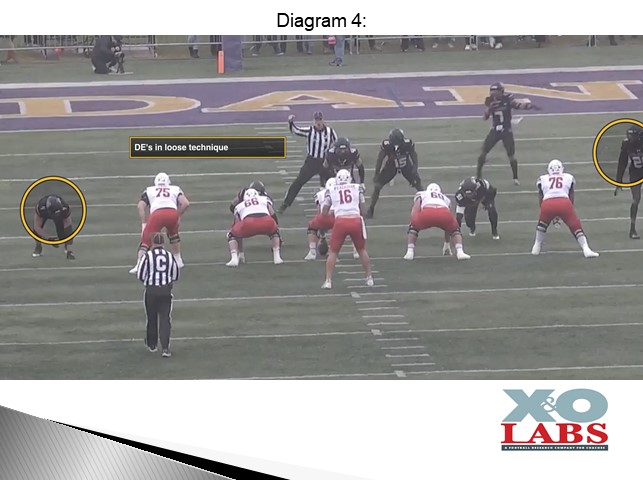
“Our defensive ends are taught to hammer everything back inside so we try to keep everything between them with this pressure by trying to create layers,” said Coach Nesselt. “If the front six don’t make the tackle we are expecting the hot seam players to. If they don’t then we have the middle of the field safety and two third corners to finish it off.”
Against gap scheme runs, they are box defenders who will hammer pullers to squeeze the ball back inside. And against any read option these defensive ends are quarterback players but are taught what Coach Nesselt calls a “Pogo” technique on the mesh. Once they see bare hands from the QB they can fall in and be an extra hitter on the ball.
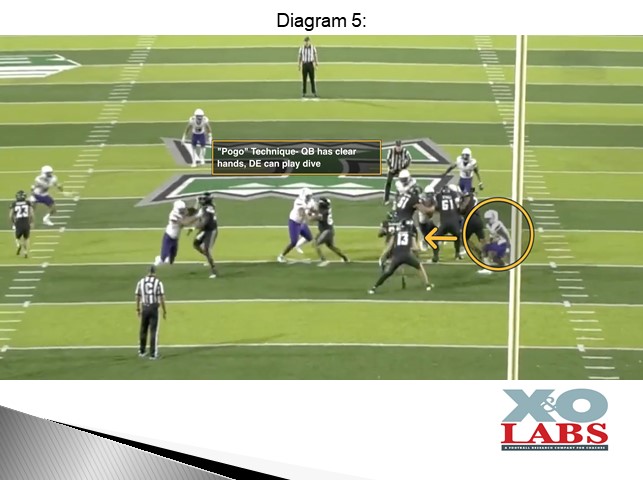
The interior Nose and Tackle are taught what Coach Nesselt calls a “Take Two” technique, where they are asked to play vertically through the B gap. In the pass game, they are pure B gap vertical rushers. In the run game, their responsibility is to try and draw two blockers to free up the interior gaps for the cross dog.
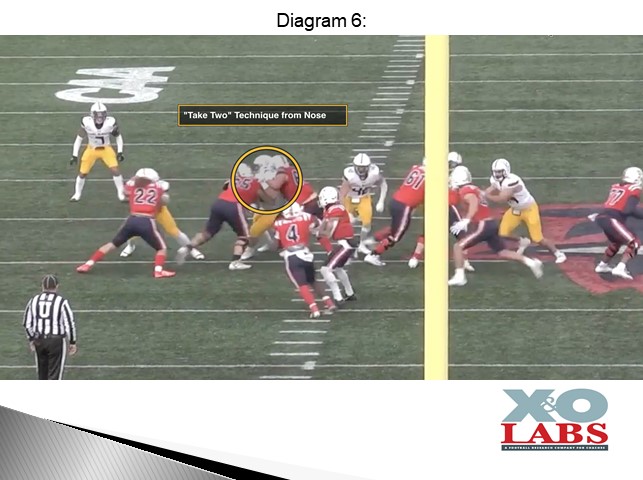
The “take two” is a production point in Coach Nesselt’s weekly grading system. “Our Nose isn’t going to make a ton of plays unless they are getting vertical up the field,” he said. “If the Nose Guard doesn’t take the combo we don’t get the free hitter running through. A to B technique.”









